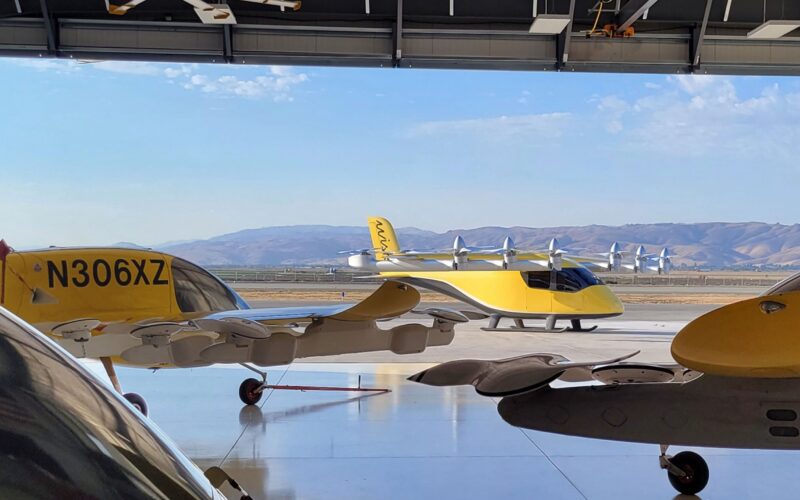Is it a bird? Is it a plane? No, it’s an eVTOL aircraft!
There is no question, the sight of futuristic ‘spacecraft’ hovering amid the world’s greatest cities is a spectacle that would stop people in their tracks.
A true innovation of our time that could leave people in total disbelief and an engineering triumph signifying one of the greatest human innovations in recent memory.
As FBI agent Fox Mulder’s famous poster in the US show X-Files read, “I want to believe”.
In fact, we all do. It’s enthralling, but when you start to pick away at the seams and start imagining this future world, is the eVTOL aircraft industry really viable?
Is it simply a flash in the pan? And will it all end in tears?
AeroTime is here to address the key sticking points and the encouraging signs that are evolving:
Money, money, money
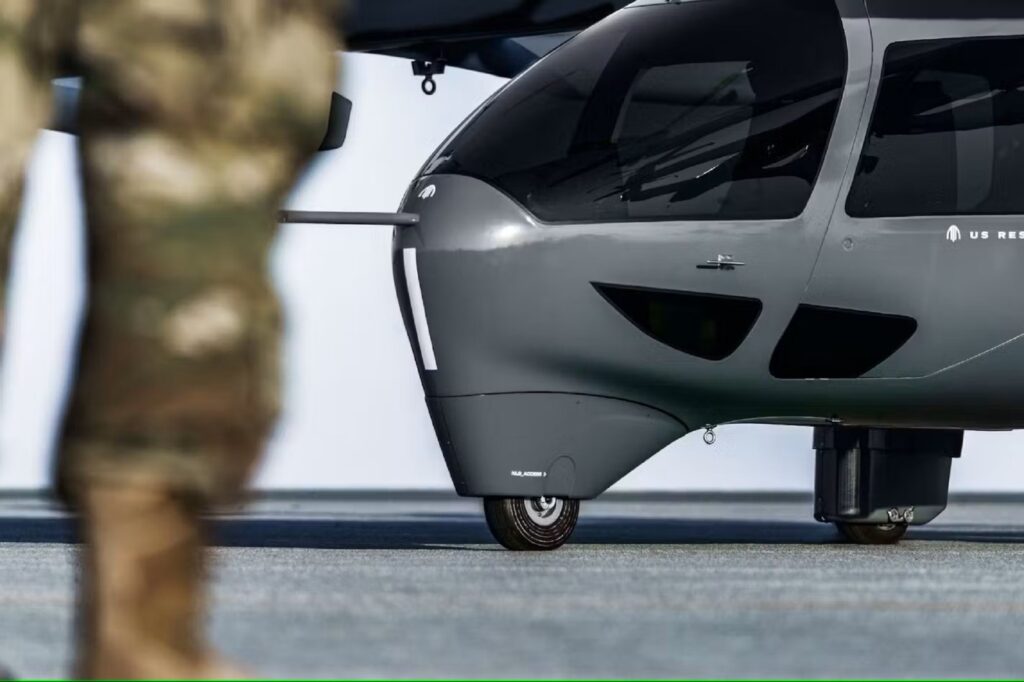
It seems that a week doesn’t go by without at least one of the world’s AAM (Advanced Air Mobility) companies announcing that it has secured a new agreement or Letter of Intent (LOI) for eVTOL aircraft.
One of the most significant developments in 2023 so far was the United States Air Force (USAF) confirming an investment in Archer Aviation worth $142 million, which included the purchase of up to six Archer’s Midnight aircraft.
When the deal was announced on July 31, 2023, Archer rightly claimed that the investment recognized the “transformative potential Archer’s innovative eVTOL aircraft brings”.
Archer isn’t alone. At the Paris Air Show 2023, Embraer-backed company Eve Air Mobility signed LOIs resulting in agreements for up to 150 eVTOL aircraft.
In May 2023, Lilium also announced that the company has signed agreements with two private jet firms to supply futuristic aircraft.
Even the infrastructure planning necessary to operate eVTOLs is moving forward apace through industry partnerships.
In 2023, Eve and Blade Air Mobility strengthened their longstanding partnership to transform air travel in Europe.
The two companies confirmed that, starting in France, they will lay the foundation to integrate Eve’s eVTOL or electric vertical aircraft (EVA) into Blade’s European route network.
In the US, United Airlines has also announced plans to launch an eVTOL aircraft route in the San Francisco Bay Area.
So, it is clear that investment and confidence in the industry stands rock solid, with no evidence that the main sector players are getting cold feet.
Steps towards certification
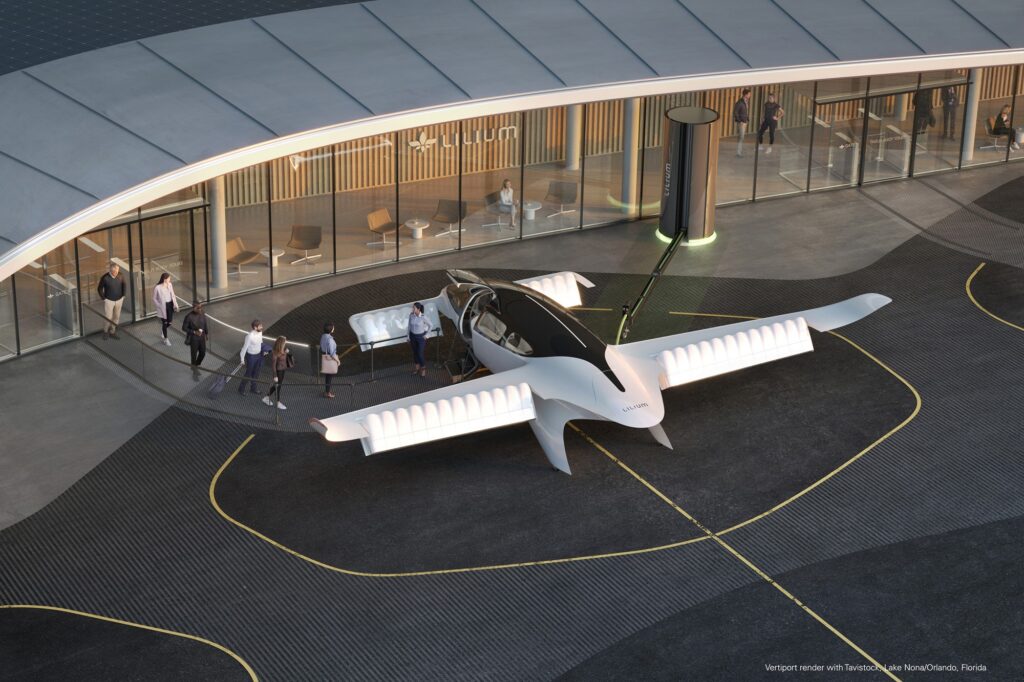
Some of the leading eVTOL companies appear to be making extremely positive strides towards certification, and ultimately commercial operations.
In June 2023, German eVTOL developer Lilium announced that its aircraft has received the Federal Aviation Administration (FAA) G-1 Certification Basis necessary for type certificate validation.
This follows the certification basis Lilium was granted by its primary airworthiness authority, the European Union Aviation Safety Agency (EASA), back in 2020.
British eVTOL developer Vertical Aerospace is another highly sought-after contender to be among the first to be certified.
In March 2023, the UK Civil Aviation Authority (CAA) granted the first-ever eVTOL Design Organization Approval (DOA) to Vertical Aerospace, which means that the company can continue to progress with the certification process.
In July 2023, Californian-based Joby Aviation announced that it had submitted all of its Certification Plans to the FAA, marking further progress toward completing the third of five stages required to certify its aircraft for commercial use.
For the third stage of the FAA type certification process (Certification Plans), Joby needs to specify the tests, analyses and design reports the company intends to perform to demonstrate compliance with each safety regulation that applies to the company’s aircraft, as defined in the second stage (Means of Compliance).
Despite the obvious steps forward, Michael Barnard of Clear Technica believes that the eVTOL companies are nowhere near being fully certified and perhaps never will be.
“Rotorcraft certification is $100 million per ton of empty aircraft for conventional rotorcraft. For every novelty, multiply by two. Novel airframe, novel drive train, novel control system, novel autonomy in some cases, novel flight patterns. None of the firms are sufficiently capitalized to get through any reasonable certification process to carry passengers, and their business cases in many instances have no certification costs,” Barnard said.
We need to talk about pilots
In June 2023, the FAA published a comprehensive proposal for training and certifying pilots of eVTOL aircraft.
The advice was welcomed by the industry for providing some clarity and introducing “a clear pathway for pilots to earn powered-lift ratings specific to each type of aircraft they fly”.
However, there are still fundamental questions around how the eVTOL industry will recruit pilots and how they can compete with the pay that airlines offer.
Today, pilots are already in high demand with airlines across the globe competing to entice new recruits over to their carrier.
It’s estimated that around a quarter of a million more fixed-wing pilots will be needed for the civilian space by 2030.
At this point it is still impossible to envisage what the future eVTOL industry will look like, and without that insight it’s exceedingly difficult to predict how many pilots will be needed.
If we imagine that, in the next ten years, the airlines and the eVTOL aircraft companies successfully begin providing shuttle services between airports and busy downtowns for passengers, the pilots of these first aircraft will no doubt be paid extremely well.
But how do we scale the industry up from this small service and continue to pay lucrative salaries when only the richest can afford to travel in an eVTOL? The model does not appear to be sustainable.
Aviation is renowned for its enduring determination, but finding the necessary pilots and training them could become a major headache in the future.
Super batteries not yet included
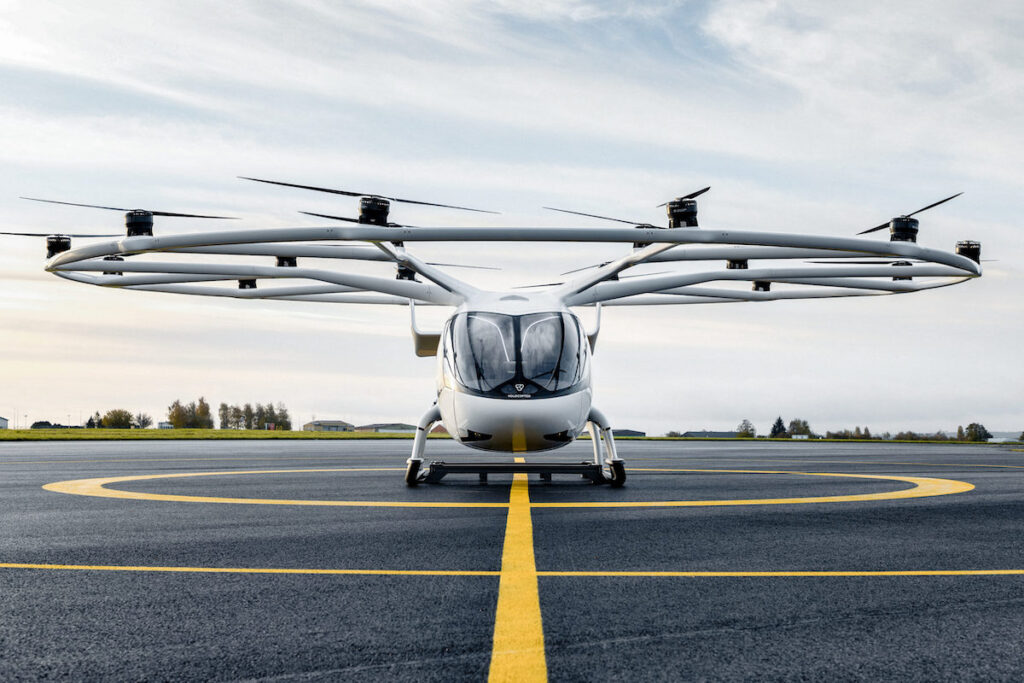
German aircraft manufacturer Volocopter is aiming for certification during the second quarter of 2024, so that it can carry the first commercial passengers at the Paris Olympics that year.
Volocopter’s VoloCity aircraft looks similar to operating helicopters and travels in the same way, as opposed to most eVTOL aircraft that adopt a vertical takeoff followed by transition into a forward flight mode.
“Everything is ready and set to go for the middle of next year,” Christian Bauer, the German company’s chief financial officer, told the BBC in August 2023.
In the same article the BBC’s Technology of Business editor, Ben Morris, argued that the batteries used in eVTOL aircraft remain a key hurdle.
Currently the batteries are very heavy and expensive, which will immediately curtail the distance the aircraft can travel and keep costs at an unsustainable level.
“What is hindering us right now is the battery technology, which all the peers are right now working on. We will be starting with more premium prices at around a helicopter segment pricing. And then we will gradually go down, with a big step, when we have a four-or-five-seater model in place,” Bauer said.
If it ain’t broke, don’t fix it?
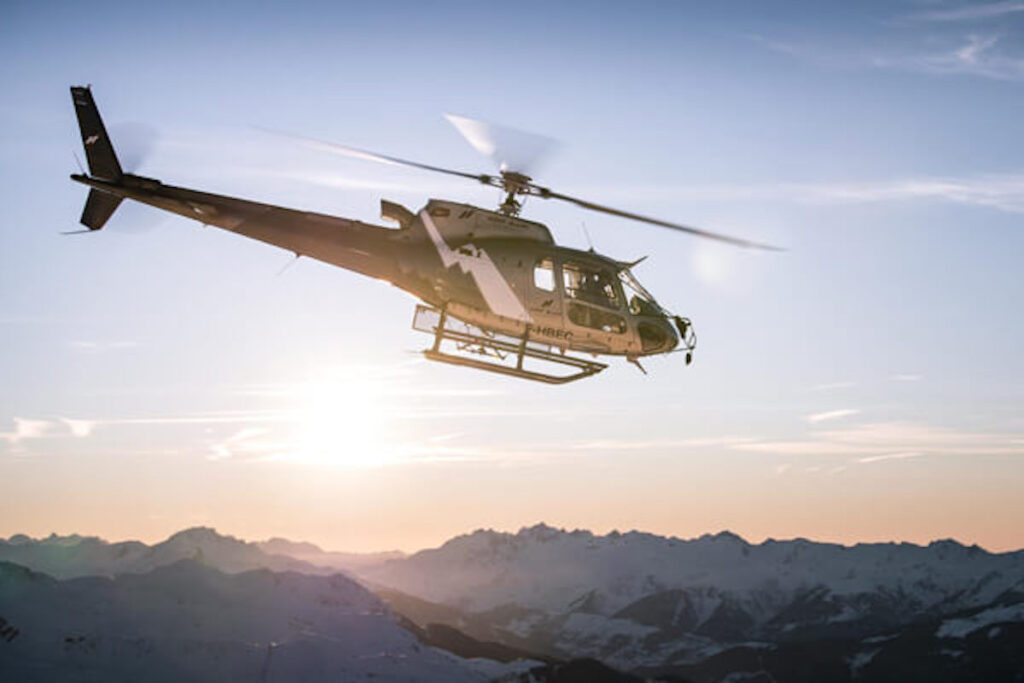
Sceptics of the eVTOL industry will point to helicopters and ask why AAM aircraft are even needed.
Of course, a major selling point of eVTOLs is that they are quieter and will be able to navigate areas that are out of bounds for gas-guzzling choppers.
eVTOL advocates will also argue that they are better for the environment, because they are electrically powered.
However, helicopters have been successfully modified into electric powered aircraft in recent tests, so why not put industry efforts into developing this area and save a few dollars at the same time?
Also, the helicopter industry already gives an invaluable insight into how high the demand for eVTOL aircraft might be.
Michael Barnard explained: “There is no market. I lived in São Paulo for a year last decade. It has the most private rotorcraft of any city in the world. In 2012, it was the peak of 30 years of Brazilian economic progress, which meant an absurd number of billionaires and decamillionaires with heliports on their corporate rooftops and palatial walled estates on the outskirts of the 28-million-person city.”
“The traffic was horrendous and express hijackings of people in cars were an epidemic. The total number of rotorcraft was 750. There were no on-demand Uber-esque services. In fact, Uber failed in that market with an on-demand helicopter service. There were no scheduled helicopter services. There was a great subway, though.”
Another toy for the wealthy
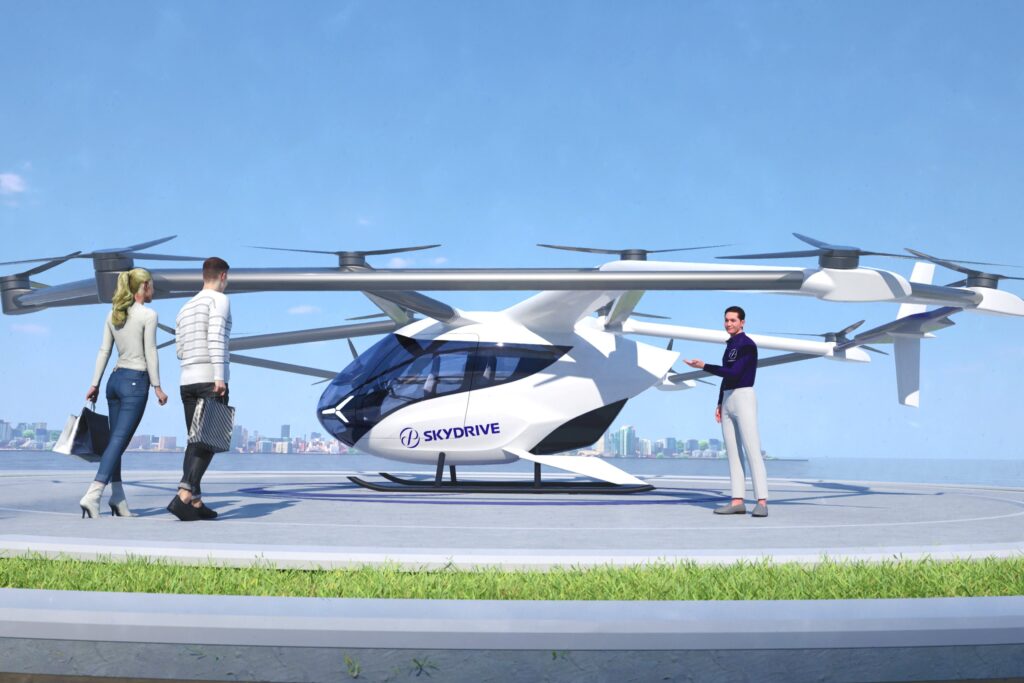
Airlines represent some of the heaviest investors in eVTOL aircraft. United Airlines, Virgin Atlantic, Avolon, Japan Airlines, SAUDIA and Azul are just a handful of the carriers that have already reached agreements for eVTOL aircraft.
Clearly the people at the top of these airlines are not naïve, and they believe there are profits to be generated through this revolutionary new technology.
However, it is hard to see how eVTOL aircraft will be anything more than a luxury perk for the airline’s most wealthy customers. If that’s the case, is it commercially viable?
It also begs the question of whether the public will even accept the eVTOL industry. Feelings against the private jet sector have never been so hostile, not only due to its questionable green credentials, but also because of the wealth and flamboyance it symbolizes.
This all underlines the question of how companies operating eVTOL aircraft will make money if there are not enough people to fly in them.
Michael Barnard argues that the financial projections for the eVTOL aircraft industry are unrealistic.
“Business models are nonsense. Conventional rotorcraft require 4-5 hours of maintenance per hour of flight time, and eVTOL aircraft aren’t particularly simpler. They’ll require a lot of maintenance. Despite that, business cases are pretending 4,000 hours of flight time a year [will be possible], instead of the 1,000 rotorcraft are very lucky to see. Projected revenues assume vastly higher-paying flights than will exist.” Barnard said.
Airbus reluctance?
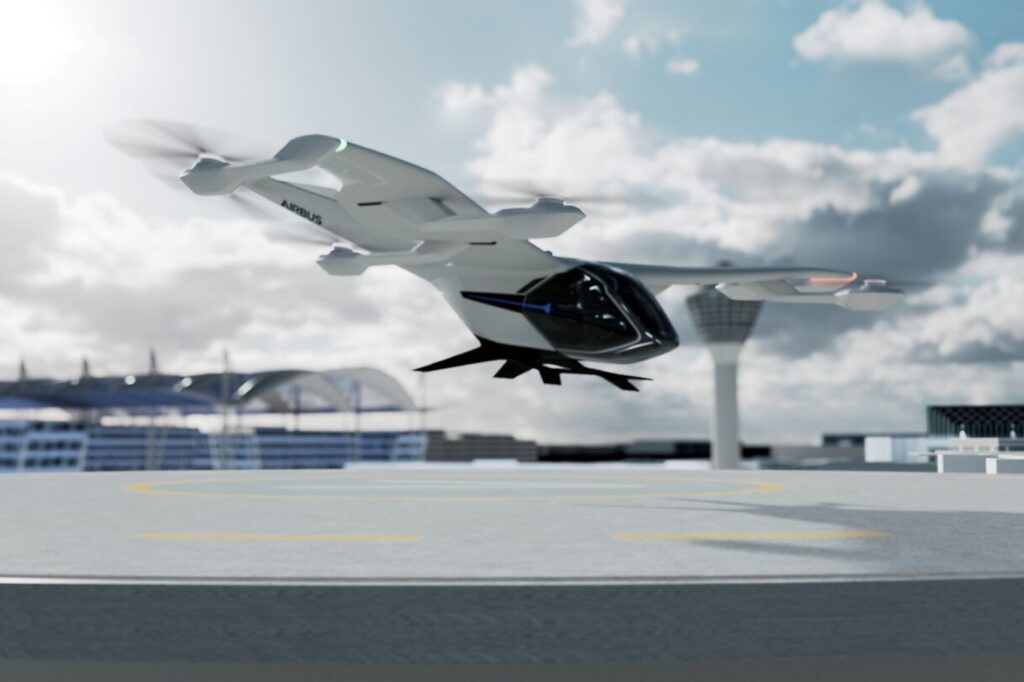
Airbus is a giant of the aviation world. In April 2023, Balkiz Sarihan, the CEO and head of Urban Air Mobility (UAM), revealed more details on when the manufacturer plans to have its CityAirbus NextGen eVTOL ready for customers.
Speaking at Revolution.Aero in Dublin, Sarihan told an audience of AAM insiders that the all-electric aircraft would go to market in the “second half of the decade”.
However, the Airbus executive was keen to stress that the company was “not in a rush at all on this one” and has little interest in becoming the first eVTOL available.
You’d be hard pressed to find a company that has its finger on the pulse of contemporary aviation more than Airbus, so perhaps this ‘casual’ approach reveals that executives are biding their time and waiting to see how the industry develops.
This conservative approach could imply that Airbus is still not yet convinced that the eVTOL sector will become what many people hope.
The ones to watch
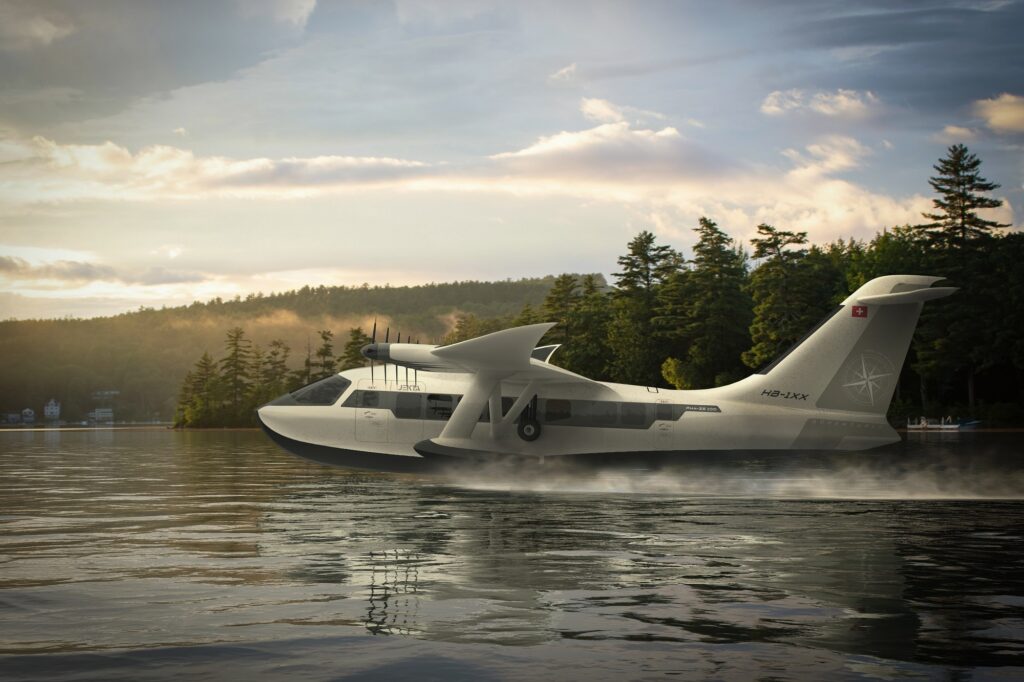
Wisk Aero, owned by Boeing, may already be asking the right questions and providing the answers as to how a future eVTOL industry could be sustainable.
The company recently performed the first-ever public demonstration of a fully autonomous eVTOL fixed-wing aircraft.
Wisk Aero has focused on a fully autonomous aircraft, rather than one that is piloted, under the belief that the future of the industry will be based around self-flying vehicles.
Speaking with media at Paris Air Show in June 2023, Wisk’s CEO, Brian Yutko, stated that autonomy remains the goal and that he expects Wisk to achieve it and receive certification before the end of this decade.
Autonomous eVTOL aircraft might well be where the industry finds its sweet spot. Without the need for hundreds of pilots, the costs fall and training issues become nonexistent.
Travelling by eVTOL aircraft could then become accessible to more people.
Small electric planes are also a working project that may provide the answer to finding a cheap but environmentally-friendly transport model.
When battery technology evolves, eVTOL developers hope that use of aircraft will stretch further and begin to link cities.
However, this could be served far more effectively by fleets of small electric planes that are just as carbon considerate and rely on the converting of existing certified planes.
Hydroaircraft maker Jekta is already working with the Indian government to connect regions for the local population, transporting services and goods using a 19-seater sea plane.
The Indian government was attracted to the minimal investment required to open hydro bases, with no need to build runways or vertiports.
Secondly, there is minimum impact on the environment, because the water is already there. All that’s needed is the installation of a pontoon and ramp, and hey presto: there’s your base.
“In India there is only one operator serving three of the 94 routes using a Twin Otter and what they realized is the local population cannot pay $200, £300 or $400 to travel on our flight. But when the seaplane is electrified, suddenly there is a possibility to sell those tickets at $30 or $40,” George Alafinov told AeroTime.
It may not be the case that Europe and America’s skies are suddenly full of electric seaplanes, but what Jekta shows is that the true aviation revolution may not be in the place everyone is looking.

